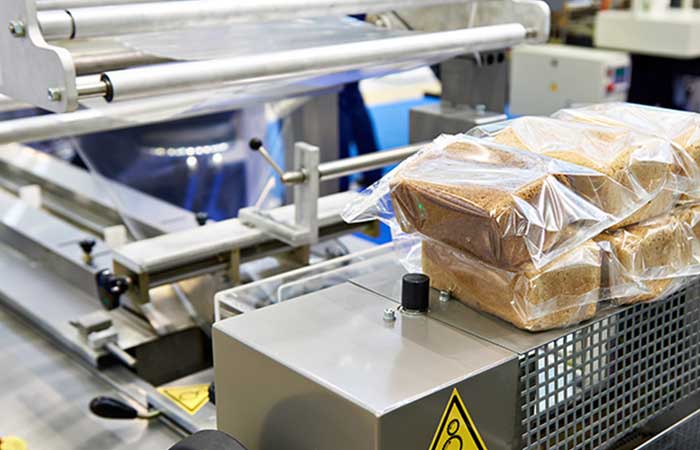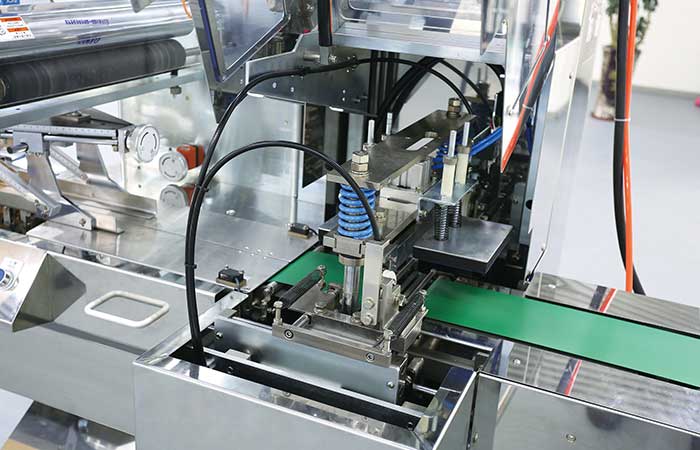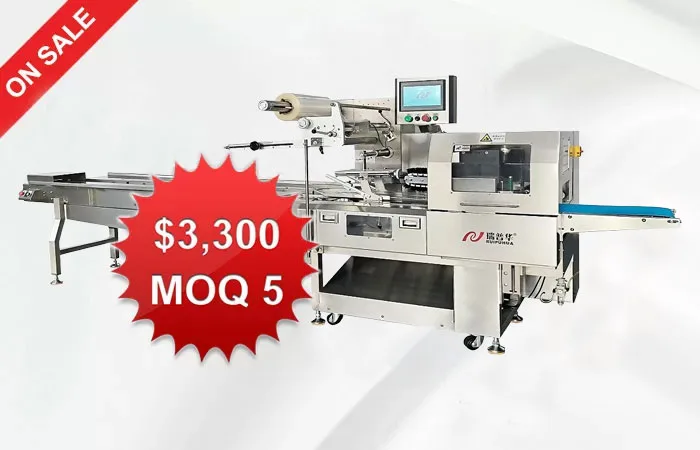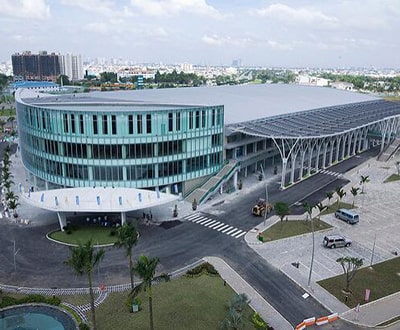Triple Packaging System for Infectious Materials
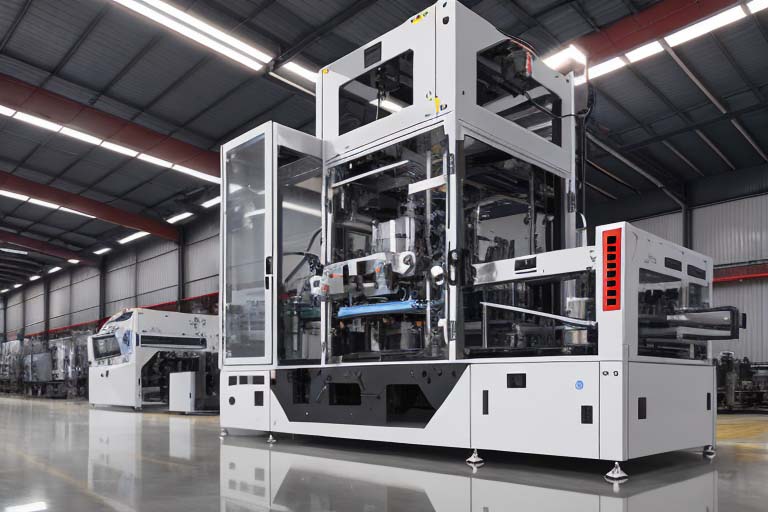
The Importance of a Triple Packaging System for Infectious Materials
When it comes to handling infectious materials, implementing a triple packaging system is crucial for ensuring the safety of individuals and the environment. This system is designed to provide multiple layers of protection, reducing the risk of contamination and exposure. Let’s delve into why a triple packaging system is essential and how it works.
What is a Triple Packaging System?
A triple packaging system involves using three layers of packaging to contain infectious materials. The primary objective is to prevent leaks, spills, and punctures that could release harmful pathogens. The three layers typically consist of:
- Primary Container: This is the innermost layer that directly holds the infectious material. It should be durable, leak-proof, and able to withstand transport conditions.
- Secondary Container: The second layer surrounds the primary container and provides an additional barrier against spills or breakage. It serves as a backup in case the primary container is compromised.
- Tertiary Container: The outermost layer is the tertiary container, which acts as the final defense. It is typically a sturdy outer box or packaging that provides protection during handling and transport.
Benefits of a Triple Packaging System
1. Enhanced Safety: By having multiple layers of protection, the risk of exposure to infectious materials is significantly reduced.
2. Compliance: Many regulatory bodies, such as the CDC and WHO, require the use of triple packaging for transporting infectious substances.
3. Minimize Environmental Impact: Proper containment through a triple packaging system helps prevent contamination of the environment.
How to Implement a Triple Packaging System
1. Select Appropriate Containers: Ensure that the primary, secondary, and tertiary containers are compatible and meet the necessary standards for containing infectious materials.
2. Use Absorbent Materials: Include absorbent materials in the packaging to contain any potential leaks or spills.
3. Proper Sealing: Seal each layer securely to prevent any breaches during handling or transport.
4. Labeling: Clearly label each layer with appropriate hazard labels and handling instructions.
Conclusion
In conclusion, a triple packaging system is a fundamental component of ensuring the safe handling and transport of infectious materials. By incorporating multiple layers of protection, the risks associated with exposure and contamination are significantly reduced, promoting a safer environment for all. Implementing and adhering to a triple packaging system is not just a best practice but a necessary step in maintaining the highest standards of safety and compliance in dealing with infectious substances.

-
 01
01Further Discussion About Protein Bar Packing Machinery
27-02-2024 -
 02
02Sustain The Best Crispy With Automatic Packaging Machines
29-01-2024 -
 03
03Bread Packing Machine For Bakery Business
19-01-2024 -
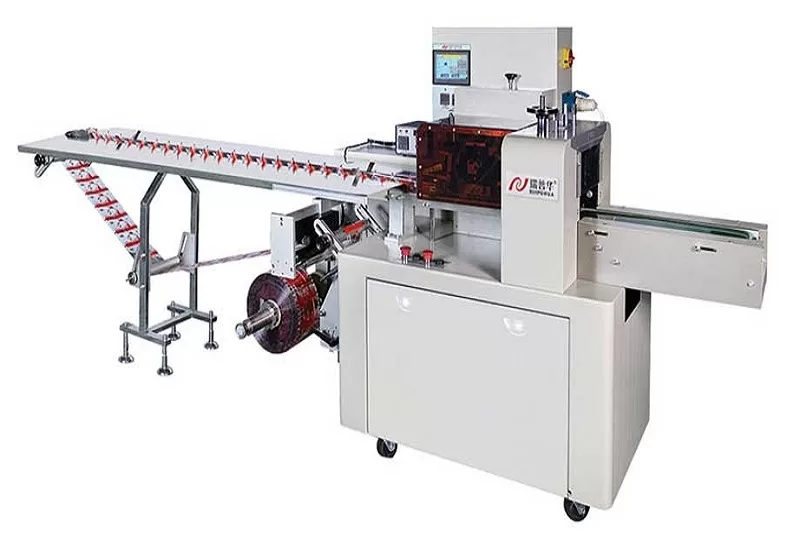 04
04How Flow Wrappers Are Adapting to Changing Trends
01-11-2023 -
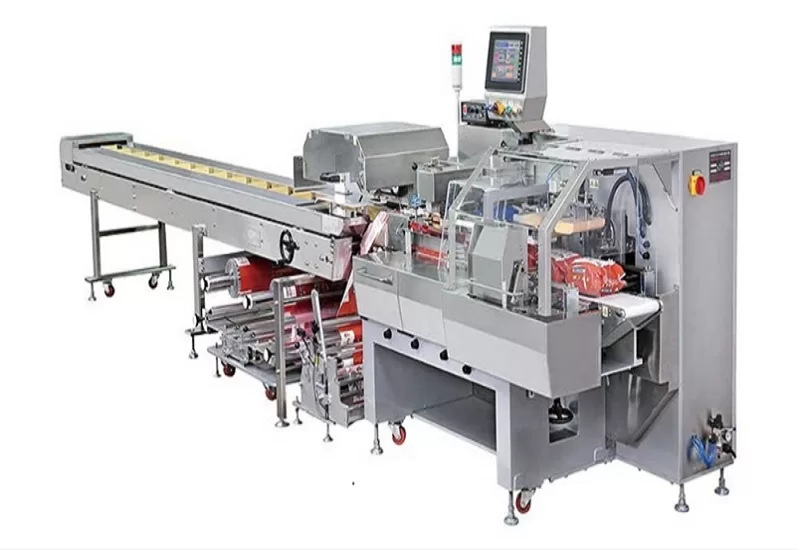 05
05The Comprehensive Guide to Packaging Machinery
31-10-2023 -
 06
06Automatic Cookie Packaging System Performance
01-09-2023 -
 07
07Streamlining Biscuit Packaging with Multipack Biscuit Packaging Machines
25-08-2023 -
 08
08From Assembly To Shipping: The Energy Bar Packaging Machine Does All
28-02-2023 -
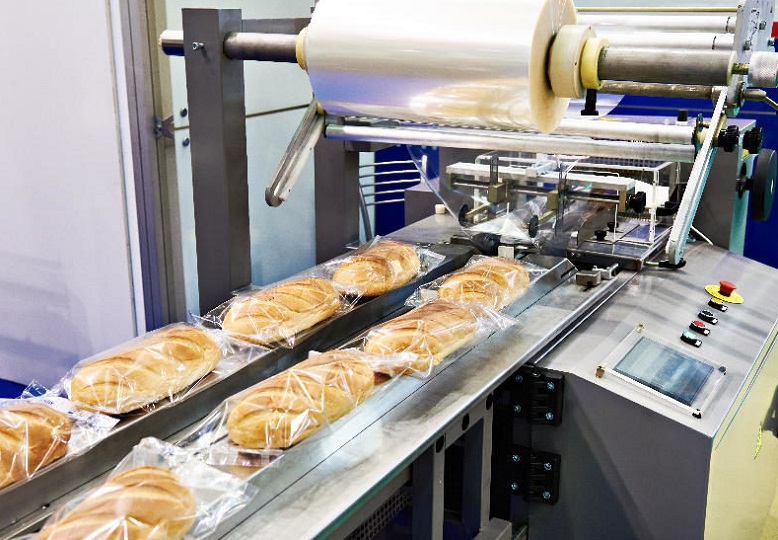 09
09Maximizing Efficiency With Food Packaging Machine Technology
22-02-2023 -
 10
10Clients Hunt For Professional And Functional Packaging Machine
10-11-2022



